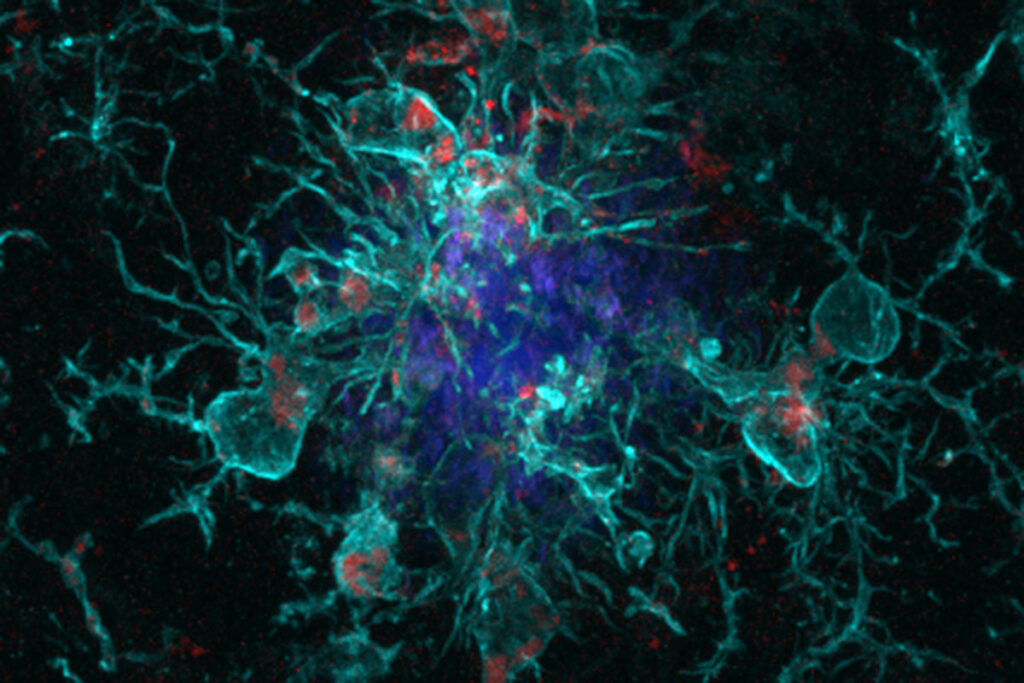Fractured sleep, daytime sleepiness and other signs of disturbance in one’s circadian rhythm are common complaints of people with Alzheimer’s disease, and the problems only get worse as the disease progresses. But the reason for the link between Alzheimer’s and circadian dysfunction is not well understood.
Protein involved in removing Alzheimer’s buildup linked to circadian rhythm

View Content